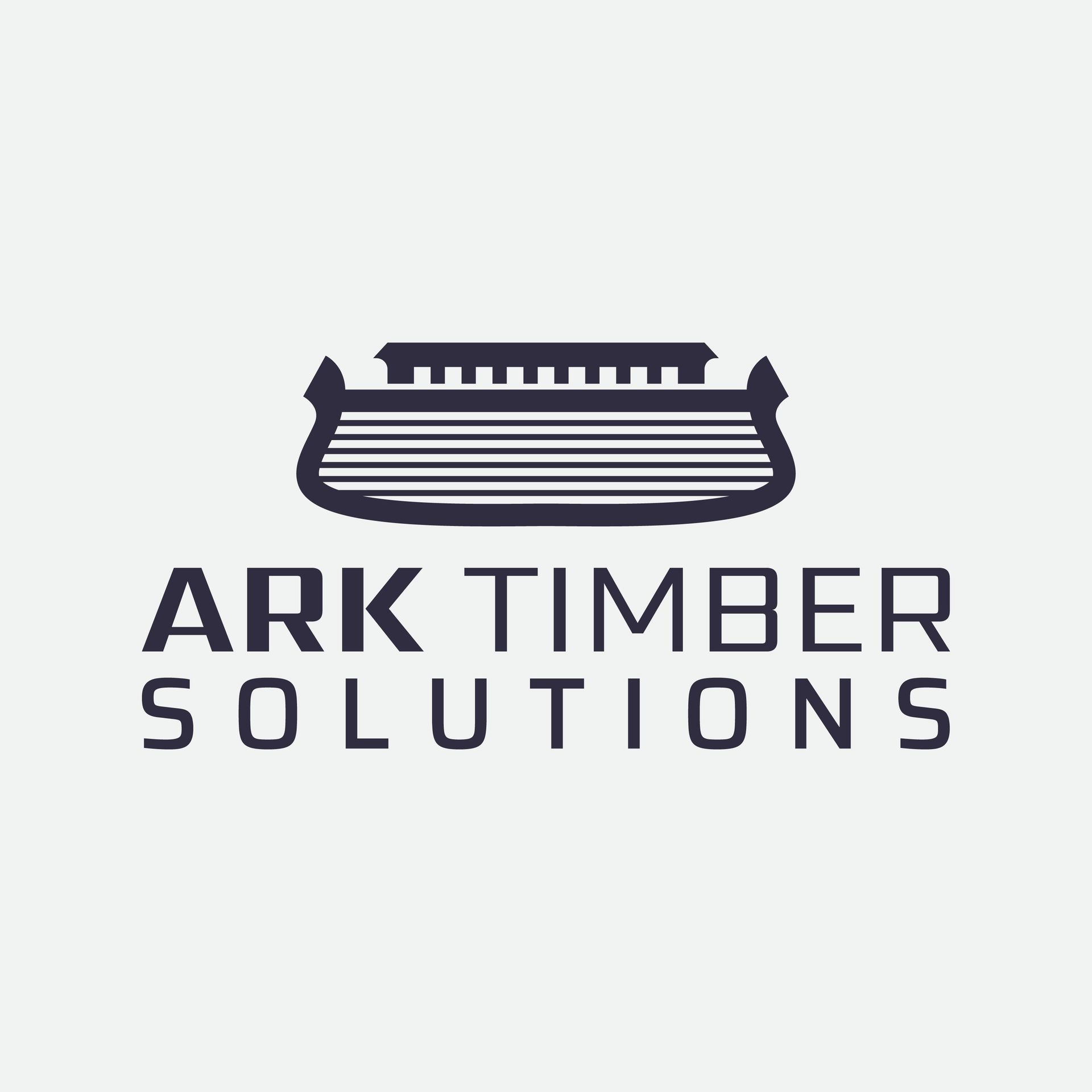Comprehensive Guide to Timber Frame Construction in the UK
Introduction to Timber Frame Construction
Timber frame construction has been a staple in building practices across the UK for centuries. Known for its durability and aesthetic appeal, this method offers several advantages over traditional building techniques. In this guide, we'll explore the fundamentals of timber frame construction, its benefits, and considerations for those looking to build using this method.
Understanding Timber Frame Construction
At its core, timber frame construction uses a skeletal framework of timber to support the building's structure. This framework is typically made from large wooden beams and posts, connected by joinery techniques such as mortise and tenon. The spaces between the timber frames are filled with insulation and covered with various materials to complete the building envelope.

The Benefits of Timber Frame Construction
Timber frame construction offers numerous advantages, making it a popular choice for both residential and commercial buildings. Some of the key benefits include:
- Speed of Construction: Timber frames can be prefabricated off-site, allowing for quicker assembly on-site.
- Energy Efficiency: The design allows for superior insulation, reducing energy consumption for heating and cooling.
- Sustainability: Timber is a renewable resource, and when sourced responsibly, it can significantly reduce a building's carbon footprint.
Design Flexibility
One of the standout features of timber frame construction is its design flexibility. Architects and builders have the freedom to create open-plan spaces with high ceilings and large windows, thanks to the strength of the timber beams. This flexibility allows for a range of architectural styles, from traditional to modern.

Considerations for Timber Frame Construction
While timber frame construction offers many benefits, there are also several considerations to keep in mind:
- Cost: Initial costs can be higher than traditional methods due to the quality of materials and craftsmanship involved.
- Fire Resistance: Although timber is naturally fire-resistant due to its charring properties, additional fireproofing measures may be required to meet building regulations.
- Dampness: Proper treatment and maintenance are necessary to prevent moisture-related issues such as rot and mold.
Regulatory Compliance
In the UK, timber frame construction must comply with specific building regulations to ensure safety and sustainability. These regulations cover aspects such as structural integrity, insulation standards, and fire safety. It's essential for builders and homeowners to be familiar with these regulations or work with professionals who are.

Conclusion
Timber frame construction is an excellent choice for those looking to build a sustainable, energy-efficient, and aesthetically pleasing home or commercial space in the UK. By understanding the benefits and considerations, you can make informed decisions that align with your vision and regulatory requirements. As this method continues to evolve, it remains a testament to the enduring appeal of natural materials and traditional craftsmanship.
